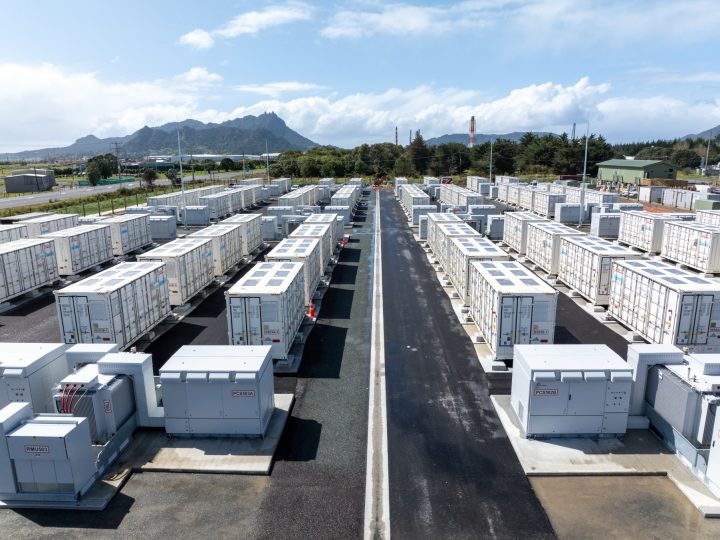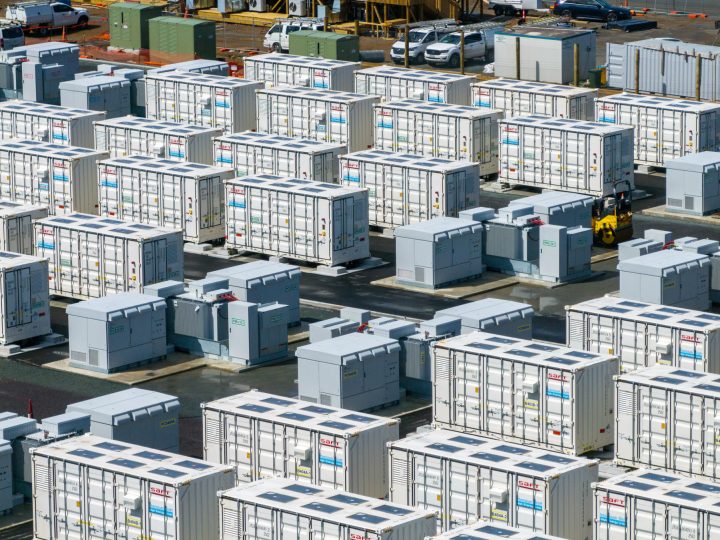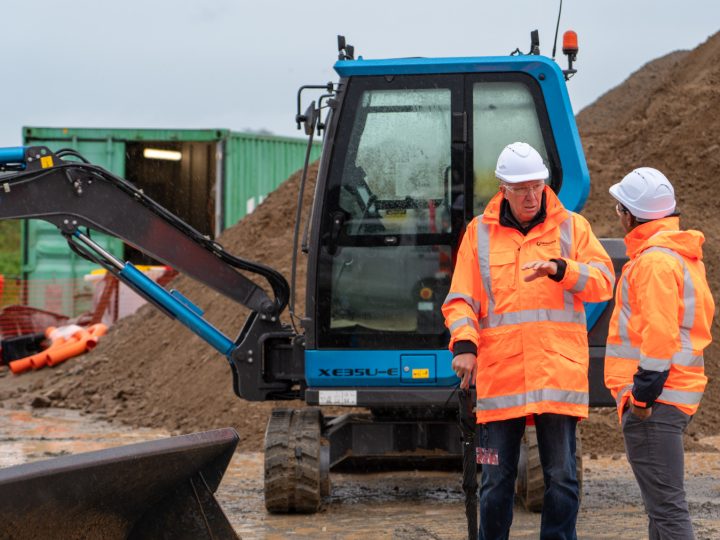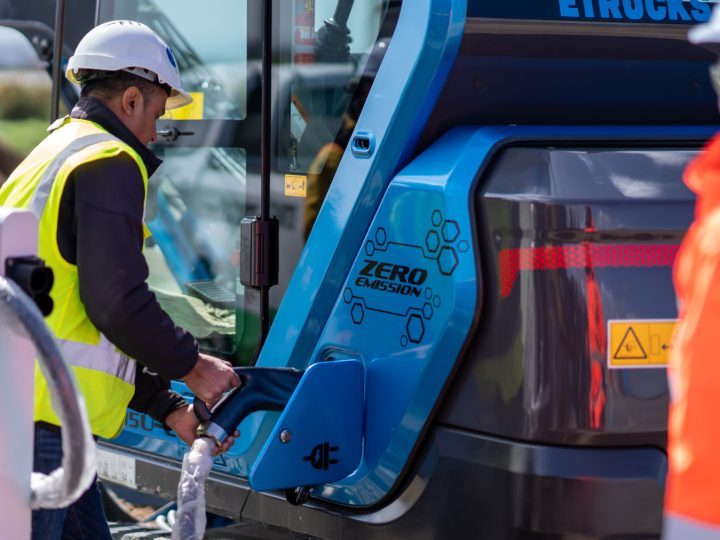Building resilient energy infrastructure in Northland
Ruakākā Battery Energy Storage System (BESS)
Ruakākā BESS is the largest grid-connected battery energy storage facility in New Zealand, marking a significant step in the country’s renewable energy transition. This $186million project developed by Meridian Energy, plays a crucial role in stablising the national grid by storing energy and releasing it when demand peaks.
The 100MW/200MWh Battery Energy Storage System will improve energy resilience in Northland. It will also allow Meridan to load shift between price periods, smooth out peak periods as well as participate in the North Island electricity reserves market.
United Civil was engaged by Meridian to deliver both earthworks and civil infrastructure. Early involvement with Meridian’s project team allowed us to share local site knowledge and provide constructability advice on the design and specifications of the works.
Our initial scope included 40,000m³ of bulk earthworks, levelling the site for battery pads and the formation of swale and stormwater drainage. As the project progressed, our scope expanded to include over 27,000m of underground ducting, 100 large concrete foundations for battery packs, transformers and inverters, asphalt surfacing, kerbing, a fire suppression water storage tank, lighting and streetscape elements.
The underground ducting system was particularly complex. Laid in tight formations with multiple sizes and colour-coded conduits, our work required absolute accuracy as by the time the cables were run, the concrete foundations and the batteries were already in place.
Sustainability and environmental innovation were a key success metric, and we made important contributions to the wider project in this regard. This included the use of low-carbon concrete mixes and optimising the use of the construction fleet to significantly reduce the carbon intensity of our operations. This project also trialed the use of an electric excavator supporting low-emissions operations.
Works were completed safely, on time, and to a high standard, supporting the successful delivery of New Zealand’s largest battery energy storage facility.
Key features
- 40,000m3 of earthworks and associated drainage including lined storage ponds
- 27,000m of underground ducting for HV, LV and communications circuits
- 11,000 m2 of surfaced pavement
- 80 battery foundations and 20 transformers and inverter foundations
- 11,0000m2 of AC pavement
- 300,000-liter water storage tank and ring main
- Tracking and reporting of scope 1, 2 and 3 GHG emissions.






